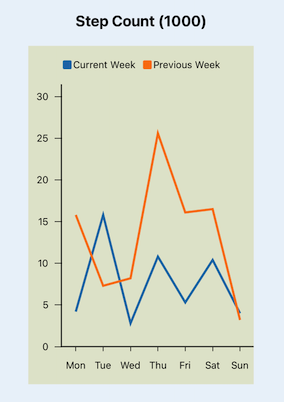适用于触控问题的 iPhone 11 显示屏模块更换计划
Apple 已经确认,一小部分 iPhone 11 的显示屏可能会因显示屏模块的问题而停止对触控操作做出响应。受影响设备的生产日期为 2019 年 11 月至 2020 年 5 月之间。
如果您的 iPhone 11 出现了上述问题,请使用下方的序列号查询工具检查您的设备是否符合这项计划的条件。若符合条件,Apple 或 Apple 授权服务提供商将免费提供检修服务。
序列号
查找序列号非常容易。了解如何查找序列号。
提交
注:其他 iPhone 机型不在这项计划的保障范围内。
服务流程
请从下方选取一个选项,以检修您的 iPhone 11。在提供任何服务之前,技术人员会先检查您的 iPhone,以验证您的设备是否符合这项计划的条件。
- 查找 Apple 授权服务提供商。
- 预约前往 Apple Store 零售店。
如有疑问或需要进一步的协助,请联系 Apple 支持。
接受服务前,请先将您的 iPhone 备份到 iCloud 或电脑。进一步了解 iPhone 服务前的准备工作。
如果您的 iPhone 11 存在任何会影响维修完成的损坏(如屏幕破裂),则需要先解决相关问题再进行维修。在某些情况下,可能需要支付额外维修的费用。
其他信息
Apple 可能会将维修区域限制为原购买国家或地区。
这项 Apple 全球性计划不会延长 iPhone 11 的标准保修保障期限。您的消费者权益法权利不受这项计划影响。
如果您认为自己的 iPhone 11 曾受这个问题影响,且您曾为此支付了维修设备的费用,可以联系 Apple 咨询退款事宜。
这项计划为受影响的 iPhone 11 设备提供保障,有效期限为自设备首次零售销售之日起 2 年。
本文系转载,前往查看
如有侵权,请联系 cloudcommunity@tencent.com 删除。
本文系转载,前往查看
如有侵权,请联系 cloudcommunity@tencent.com 删除。


















